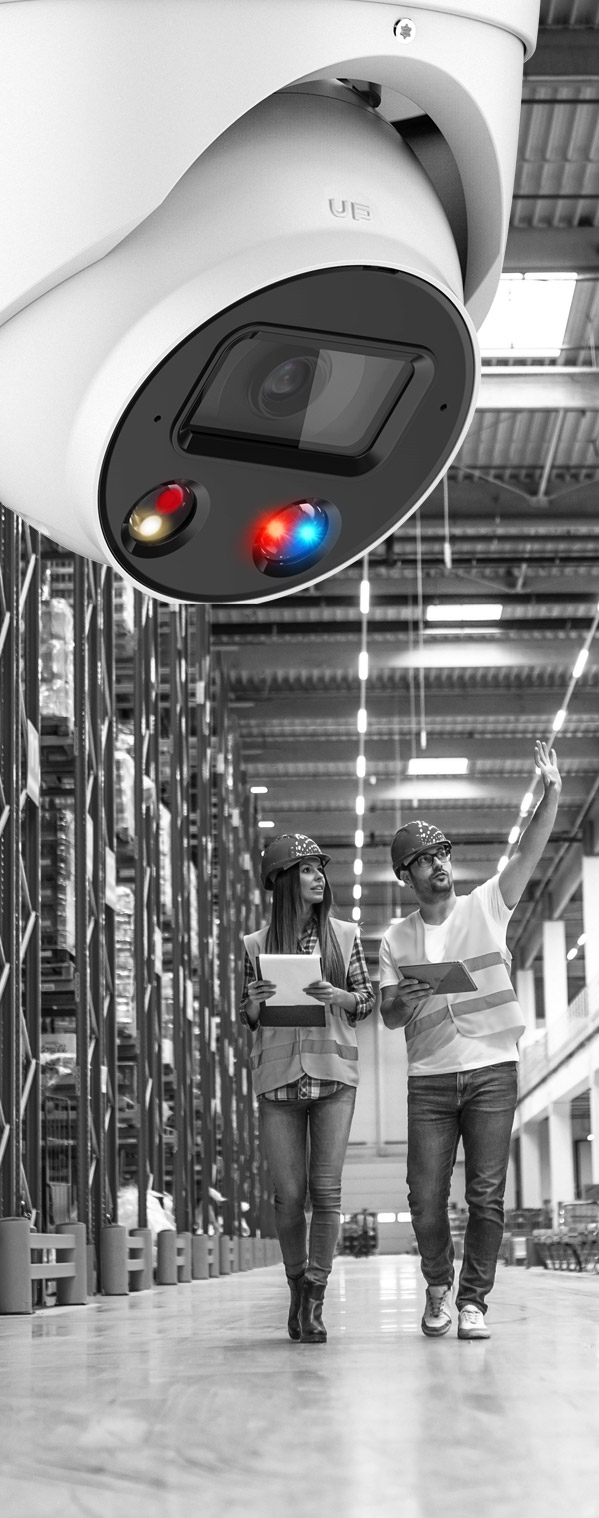


Surveillance systems all serve the purpose of detecting and recording intruders attempting to vandalize or break into a home, business, or commercial property. However, some systems go a step further by offering active protection. Here's what sets them apart:

Passive cameras record footage that can be viewed later to understand what happened and identify those responsible. Common types include:
Fixed Cameras:
These cameras continuously film specific areas. You can review the entire recorded footage to analyze an incident.
Motion-Detection Cameras:
These only record when motion is detected in a particular area, reducing the amount of footage to review.
Time-Lapse Cameras:
These record at lower frame rates to capture events over a longer period for easier analysis.
Passive systems are useful for reviewing if someone tried to approach, break in, steal a package, or commit vandalism. This kind of footage can serve as evidence for police and helps guide prevention measures for the future.
Active surveillance cameras do more than just record and store video footage of visitors who may threaten the security of a building or location. These systems respond to threats using artificial intelligence or by sending alerts to a monitoring center.
In case of an emergency or potential threat detected by motion sensors, the active surveillance camera system sends you a message and contacts the monitoring center (which then alerts the police, building security personnel, or staff members for a quick response).

The video surveillance system you choose will benefit greatly from having both passive and active security components. Our experts can help guide you in selecting the security cameras that best suit your needs.
Contact us for more information.